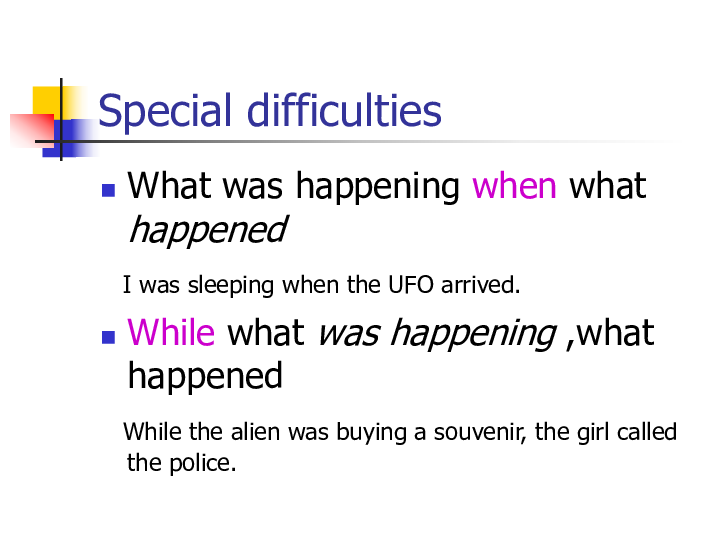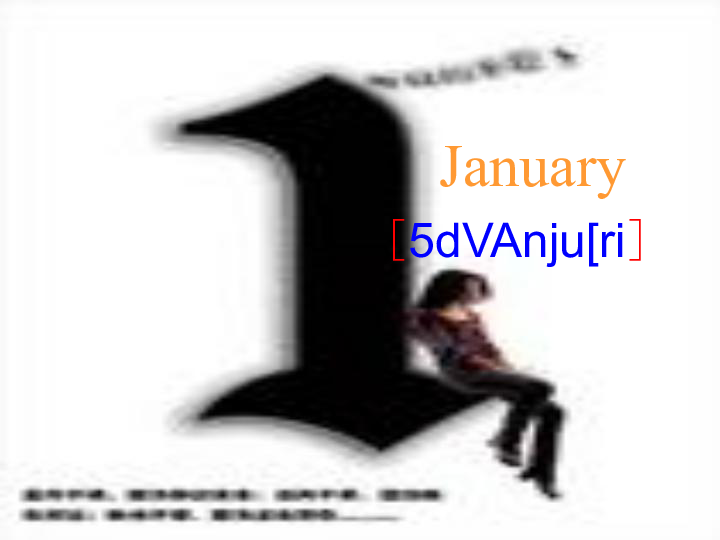Understanding When a Student Must Start Paying Back a Direct Stafford Loan: Key Insights for Borrowers
Guide or Summary:IntroductionWhat is a Direct Stafford Loan?When Does Repayment Begin?Understanding the Grace PeriodRepayment PlansConsequences of Not Payin……
Guide or Summary:
- Introduction
- What is a Direct Stafford Loan?
- When Does Repayment Begin?
- Understanding the Grace Period
- Repayment Plans
- Consequences of Not Paying
**Translation of the phrase:** A student must start paying back a direct Stafford loan.
---
Introduction
Navigating the world of student loans can be daunting, especially for those who are about to graduate or have recently graduated. One of the most common types of federal student loans is the Direct Stafford Loan. Understanding when a student must start paying back a Direct Stafford Loan is crucial for financial planning and ensuring a smooth transition into post-college life.
What is a Direct Stafford Loan?
A Direct Stafford Loan is a federal student loan that is available to eligible students to help cover the costs of higher education. These loans are funded by the U.S. Department of Education and come in two types: subsidized and unsubsidized. Subsidized loans are based on financial need, and the government pays the interest while the student is in school. Unsubsidized loans, on the other hand, accrue interest from the moment they are disbursed, regardless of the student's enrollment status.

When Does Repayment Begin?
So, when exactly does a student must start paying back a Direct Stafford Loan? Generally, borrowers are given a six-month grace period after graduation, leaving school, or dropping below half-time enrollment before they must start making payments. This grace period allows students to find employment and stabilize their finances before the repayment begins.
Understanding the Grace Period
The grace period is a crucial time for borrowers. During these six months, students can focus on job hunting and transitioning to life after college without the immediate burden of loan payments. However, it’s important to note that interest may still accrue on unsubsidized loans during this period.
Repayment Plans
Once the grace period ends, borrowers must choose a repayment plan. The U.S. Department of Education offers several options, including:
1. **Standard Repayment Plan**: Fixed monthly payments over a period of 10 years.

2. **Graduated Repayment Plan**: Payments start lower and gradually increase, designed for those who expect their income to rise over time.
3. **Income-Driven Repayment Plans**: Payments are based on income and family size, allowing for more flexibility.
Choosing the right plan is essential for managing student loan debt effectively.
Consequences of Not Paying
Failing to make payments on a Direct Stafford Loan can lead to serious consequences, including default. Defaulting on a loan can damage a borrower’s credit score, making it difficult to secure future loans or credit. Additionally, the government can garnish wages or withhold tax refunds to recover the owed amount.

In summary, understanding when a student must start paying back a Direct Stafford Loan is vital for effective financial management. With a six-month grace period and various repayment options available, students should take the time to research and choose the best plan for their situation. By staying informed and proactive, borrowers can navigate their student loan responsibilities with confidence and ease.